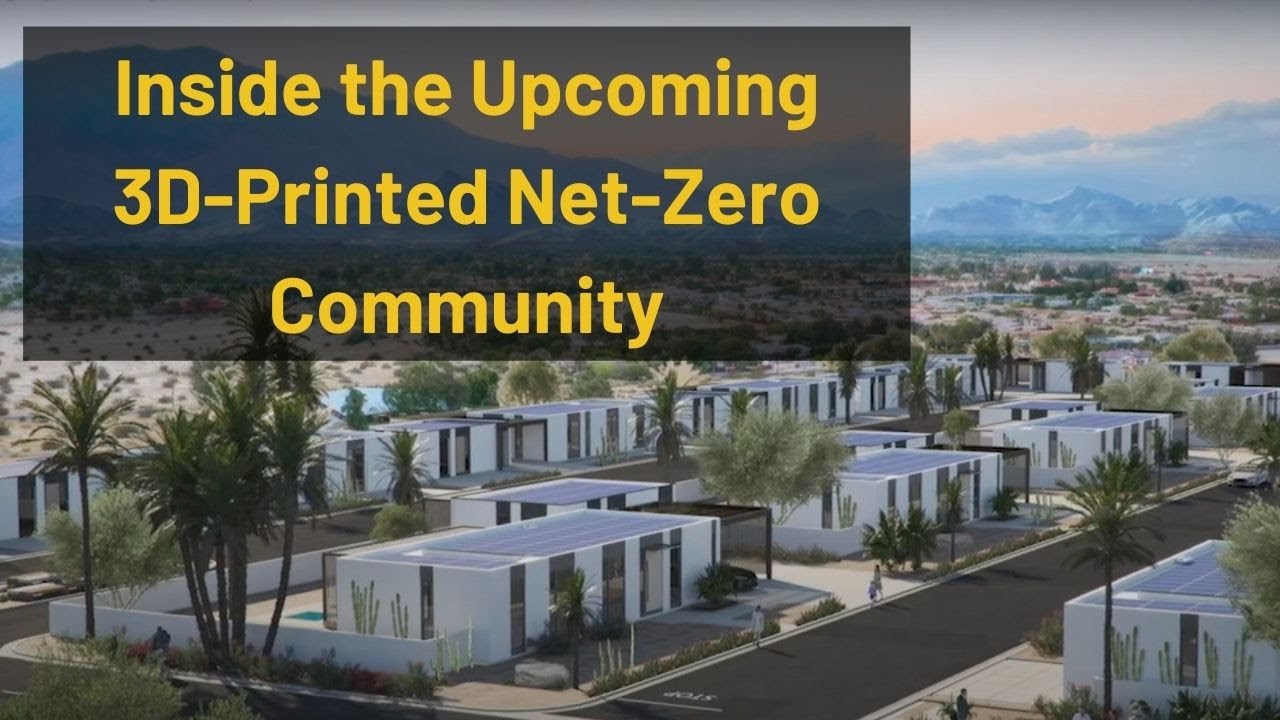
Learn about the world’s first 3D-printed net-zero energy community, how developers are responding, and what’s next for the construction technology company Mighty Buildings.
SUBSCRIBE: https://www.youtube.com/channel/UCx8IAYP672YeU34oMb8hluQ?sub_confirmation=1
Visit Us:
https://www.probuilder.com
https://www.horizontv.probuilder.com
Follow Us:
Instagram: https://www.instagram.com/probuildermedia/
Facebook: https://www.facebook.com/ProBuilder/
Twitter: https://twitter.com/ProBuilderMag
Sign Up for Our Daily Feed Newsletter: https://www.probuilder.com/manage-subscription?enc=%228997D6346067H2S%22
About Pro Builder:
Pro Builder is a leading business content provider for the U.S. housing industry. It serves more than 120,000 home builders, design professionals, and other industry stakeholders through print, digital, video, email, social media, and events. Pro Builder’s various platforms deliver actionable content on key industry issues and trends, best business practices, design, construction how-to, innovation and technology, sales and marketing, and the latest building products.
The publication’s print and digital offerings have earned many prestigious recognitions, including several Jesse H. Neal Awards for excellence in business journalism; multiple honors from the American Society of Business Publication Editors, including two Magazine of the Year Top 10 awards; several Folio: Awards; and a National Association of Real Estate Editors Gold Award for Best Residential Trade Magazine.
source







I would expect this from a technically illiterate marketing pawn, but coming from a co-founder and Chief Sustainability Officer is inexcusable.
1. There is nothing sustainable about suburban sprawl in the middle of the desert. PERIOD.
2. Net-Zero energy use in operation is not “Net-Zero energy”. Whatever material you use for the structure, the polyurethane foam, and steel frames are FAR more carbon intensive than traditional construction methods, so your “net zero” building likely has a larger footprint for at least a few decades if not it’s entire life versus an all electric minimum code-built POS.
3. Comparing LIHTC projects that pay prevailing wages is bullshit in general, and no you can't count each bedroom as a unit, WTF is that nonsense?!
4. What happens if anyone wants to modify or repair one of these down the line when the company has almost certainly gone belly up? No structural engineer will touch them and they’ll be teardowns far sooner than a properly built stick frame.
5. How much of that building will be recyclable or reusable? It’s great to reduce construction waste, but if in 20-100 years when the building is demolished, what other than the steel can be diverted from a landfill?
Put this toe to toe with an equivalently optimized panelized wood based assembly and it will lose every time. Unfortunately wood studs aren’t sexy or disruptive enough for VCs that know nothing about buildings, so there’s no funding for those.